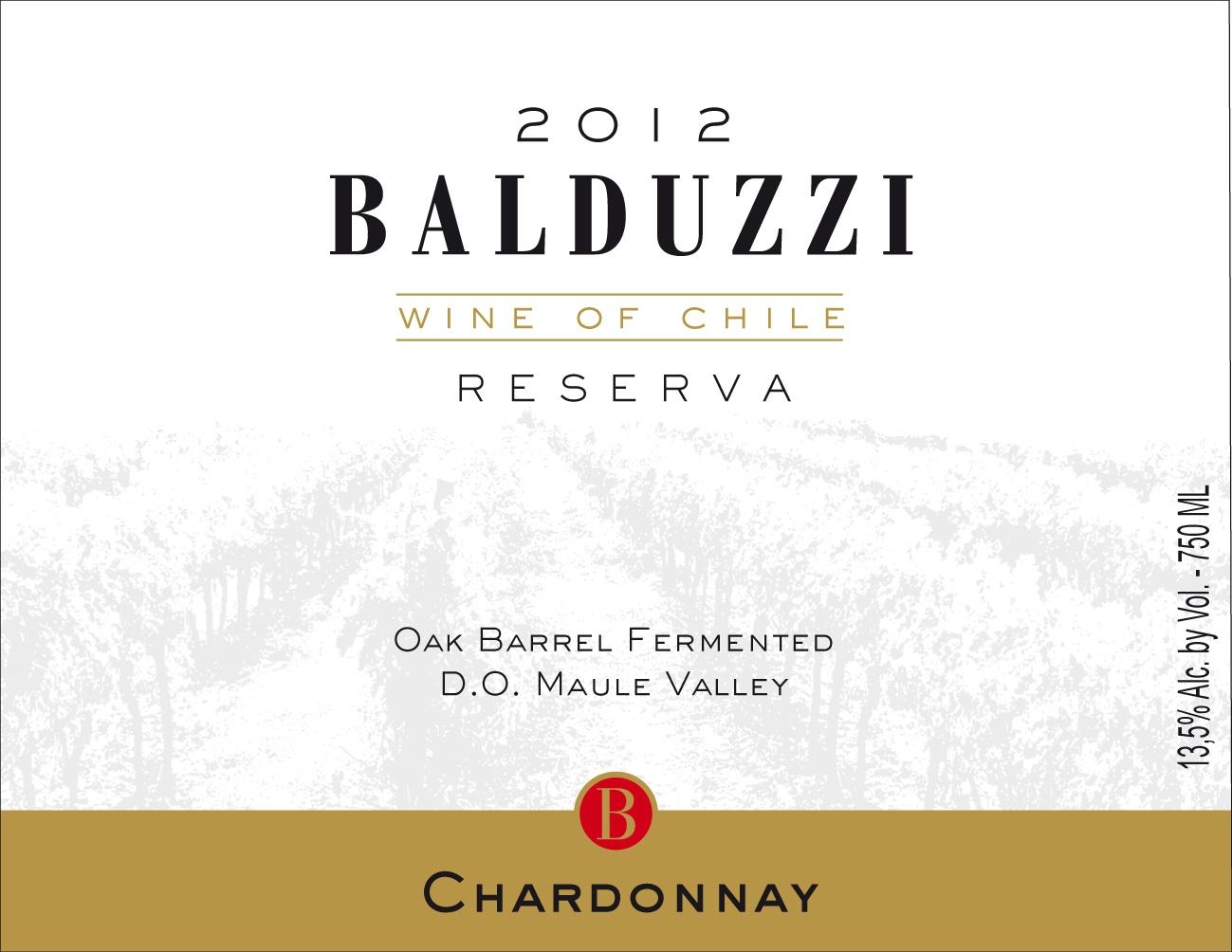2012 Maule Valley Chardonnay
The Balduzzi Balduzzi Reserva Oak Barrel Fermented Chardonnay from the renowned Maule Valley showcases the elegance and complexity that can be achieved with this varietal. This white wine exhibits a captivating golden hue, hinting at its rich character. On the palate, it offers a harmonious balance of creamy texture and bright acidity, creating an inviting mouthfeel that is both refreshing and satisfying. The oak barrel fermentation imparts subtle layers of vanilla and spice, complementing the prominent flavors of ripe stone fruit and citrus. With an overall dryness that enhances its food-friendly nature, this Chardonnay stands out as a superb choice for those seeking a luxurious yet approachable white wine experience.
The Balduzzi Balduzzi Reserva Oak Barrel Fermented Chardonnay from the renowned Maule Valley showcases the elegance and complexity that can be achieved with this varietal. This white wine exhibits a captivating golden hue, hinting at its rich character. On the palate, it offers a harmonious balance of creamy texture and bright acidity, creating an inviting mouthfeel that is both refreshing and satisfying. The oak barrel fermentation imparts subtle layers of vanilla and spice, complementing the prominent flavors of ripe stone fruit and citrus. With an overall dryness that enhances its food-friendly nature, this Chardonnay stands out as a superb choice for those seeking a luxurious yet approachable white wine experience.




